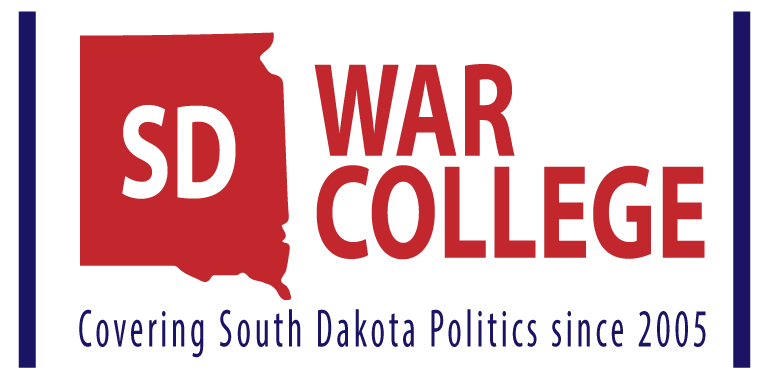Defeat 22 Coalition Welcomes SD Cattlemen’s Association and other organizations

Defeat 22 Coalition Welcomes SD Cattlemen’s Association and other organizations
Three new South Dakota organizations join coalition opposing taxpayer funded elections
Sioux Falls, S.D. – The Defeat 22 coalition today welcomed aboard the South Dakota Cattlemen’s Association, the South Dakota Republican Party, and the Yankton County Republicans. The organizations bring the total coalition opposing taxpayer funding of elections to over 20.
“We welcome our newest partners in the fight to stop taxpayer funding of elections,” explained Ben Lee, Spokesman for Defeat 22. “Our coalition represents thousands of hard-working business owners, ranchers, contractors, and citizens who know that tax dollars should pay for roads, bridges, and schools – not robocalls, television ads, and junk mail. We look forward to continuing to educate South Dakotans about Measure 22 and urging them to defeat it this November.”
Jodie Anderson, Executive Director of the South Dakota Cattlemen’s Association saId: “In addition to the pitfalls of taxpayer funded elections, SDCA opposes Measure 22 due to concerns that our members’ privacy would be endangered simply because we advocated for our policy goals or mentioned a candidate in passing. We believe this would diminish civic engagement and open our members to harassment and intimidation.”
Ryan Budmayr, Executive Director of South Dakota Republican Party said: “IM22 is yet another example of outside, big money interests trying to change the way we do things in South Dakota.”
Jason Ravnsborg, Chair of the Yankton County Republicans, said: “For a measure that claims to limit the influence of money in politics, Measure 22 sure does a poor job of it. Measure 22 would have taxpayers contribute up to $12 million each election cycle to political campaigns. We have better priorities for our states limited funds than forcing taxpayers to support political campaigns.”
Defeat 22 is a coalition of over 20 South Dakota businesses, charities, political leaders and organizations who agree that tax dollars shouldn’t fund political campaigns. They have released multiple radio ads and multiple mailers to supplement a grassroots door knocking effort. The coalition plans to continue heavy grassroots advocacy and paid media through November. All details about the coalition-led effort can be seen at www.defeat22.com





 A South Dakotan’s Field of Dreams
A South Dakotan’s Field of Dreams
 Hunting Pheasants in South Dakota
Hunting Pheasants in South Dakota
 Beating Breast Cancer
Beating Breast Cancer
 The Last Great Stronghold For Pheasant Hunting
The Last Great Stronghold For Pheasant Hunting